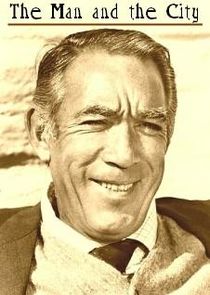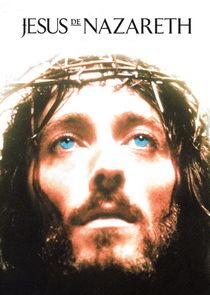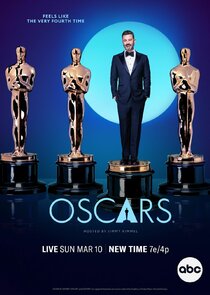Anthony Quinn was born Antonio Rudolfo Oaxaca Quinn on April 21, 1915, in Chihuahua, Mexico, to Manuela (Oaxaca) and Francisco Quinn, who became an assistant cameraman at an LA film studio. His paternal grandfather was Irish, and the rest of his family was Mexican. After starting life in extremely modest circumstances in Mexico, his family moved to Los Angeles, California. He attended Polytechnic High School and later Belmont High, but he eventually dropped out. The young Quinn boxed, then later studied architecture under Frank Lloyd Wright at the great architect's studio, Taliesin, in Arizona. Quinn was close to Wright, who encouraged him when Quinn decided to give acting a try. After a brief apprenticeship in theatre, Quinn moved to Hollywood in 1936 and picked up a variety of small roles in several films at Paramount.
As a contract player, Quinn mainly played villains and ethnic types. As a Mexican national (he did not become an American citizen until 1947), he was exempt from the draft. With many actors in the service fighting World War II, Quinn was able to move up into better supporting roles. He married Cecil B. DeMille's daughter Katherine, which enabled him to move in the top circles of Hollywood society.
He became disenchanted with his film career and did not renew his Paramount contract. Instead, he returned to the stage to hone his craft. His portrayal of Stanley Kowalski in "A Streetcar Named Desire" in Chicago and on Broadway (where he replaced the legendary Marlon Brando, who is forever associated with the role) made his reputation and boosted his film career when he returned to the movies.
Brando and Elia Kazan, who directed "Streetcar" on Broadway and on film, were crucial to Quinn's future success. Kazan, knowing the two were potential rivals due to their acclaimed portrayals of Kowalski, cast Quinn as Brando's brother in his biographical film of Mexican revolutionary Emiliano Zapata, Viva Zapata! Quinn won the Best Supporting Actor Academy Award for 1952, making him the first Mexican-American to win an Oscar. He won his second Supporting Actor Oscar in 1957 for his portrayal of Paul Gauguin in Vincente Minnelli's biographical film of Vincent van Gogh, Lust for Life, opposite Kirk Douglas.
Over the next decade Quinn lived in Italy and became a major figure in world cinema, as many studios shot films in Italy to take advantage of the lower costs. Alternating between Europe and Hollywood, Quinn built his reputation and entered the front-rank of character actors and character leads. He reached the zenith of his career, playing Zorba the Greek in the 1964 film of the same name.
In the 1960s Quinn told Life magazine that he would fight against typecasting. Unfortunately, the following decade saw him slip back into playing ethnic types again.
Quinn lived out the latter years of his life in Bristol, Rhode Island, where he spent most of his time painting and sculpting. He died in hospital in Boston from pneumonia and respiratory failure linked to his battle with lung cancer. He was 86 years old






